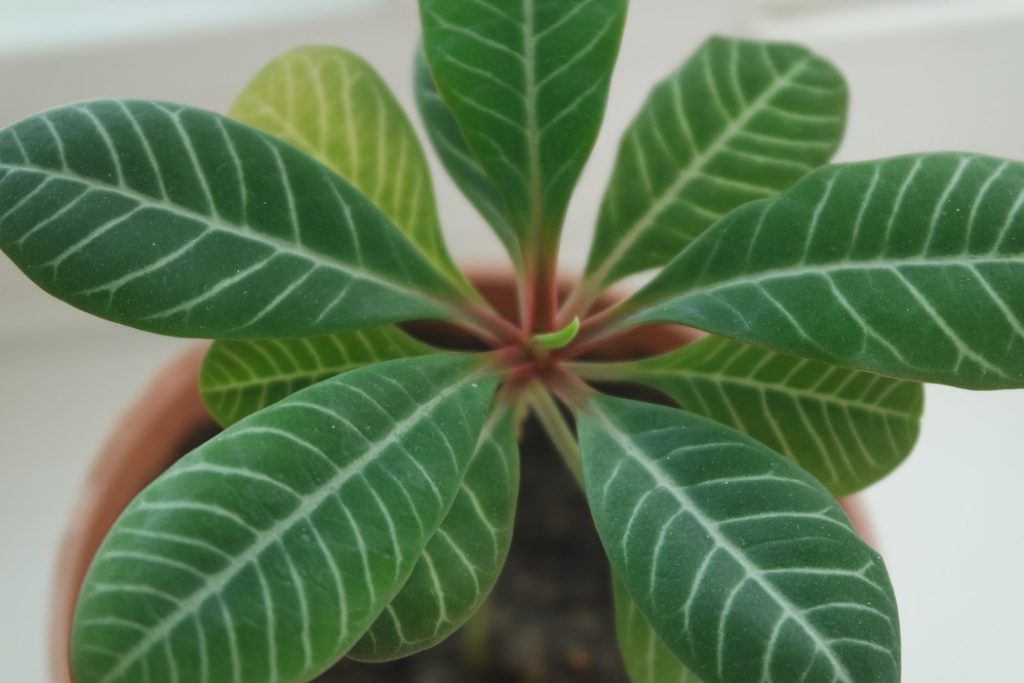How To Move Houseplants

Moving houseplants might seem like a fairly ordinary task, but they are actually some of the most problematic items you will encounter during your move. After you’ve spent so many years nurturing them, will you have to leave them behind?
The difficulty of houseplants is that they are alive and often unwieldy. Some states have regulations against many types of plants entering their borders. Most movers will not move plants long distances – and for good reason. The truck gets no fresh air, and even during moderate temperatures, the back of the truck can get very hot.
If you’ve ever driven into California, you were probably stopped at the border by agents looking for plants and even for fresh fruit. California, along with other states, heavily relies on its agricultural industry. Plants can come with a variety of pests and diseases. Even with the introduction of just one innocent looking houseplant, an epidemic can occur. If you are carrying plants, border agents will have to declare them pest free before you will be allowed to continue. You should check with the state you are moving to to find out what types of regulations they have and if you should arrange for an inspection in advance.
Despite the difficulty, there are ways to keep your houseplants alive during the move. If you are moving locally, many movers will allow the plants inside their truck, with the understanding that there is no temperature regulation. Some plants are hardy enough to withstand a couple of hours in hot or cold temperatures. Some are not. It’s best to research the individual plants before allowing them on a truck if it’s for more than a few minutes.
The number one recommendation is for the plants to be moved in the car, but it’s understandable, that most large, or even medium-sized plants will not fit in a family vehicle. Even if you can fit your plants in the car or if you are moving them in the moving truck, it’s advisable that you “buy” yourself a little insurance by taking cuttings of your favorite plants, which can be stored in plastic bags containing moist vermiculite, peat moss or perlite.
If you do choose to move your plants, it’s important to prepare them:
At least two weeks before the move
- Repot the plants into plastic, non-breakable pots. It’s important that they live in the new pots in their old environment for at least a couple of weeks. Plants do not like too many changes at once. Your ceramic pots can be packed and moved, so you can repot them again when they are settled into your new home.
- Prune any wayward growth.
- Examine your plants for pests and treat if needed.
A couple of days before the move
- Water your plants. Your plants should be moist on moving day but not wet.
On moving day
- Pack your plants. Wrap the base in packing paper or in old linens and carefully place them inside a box. Make sure the plant is completely supported in the box. You can carefully put a second box, upside down, over the first box to completely enclose the plant. Be sure to punch some air holes and clearly mark the box.
- Load the plants last and unload them first.
Once you are settled, don’t shock your houseplants. Unpack them slowly and carefully. Let them sit in the same place for a while to settle into their new environment.